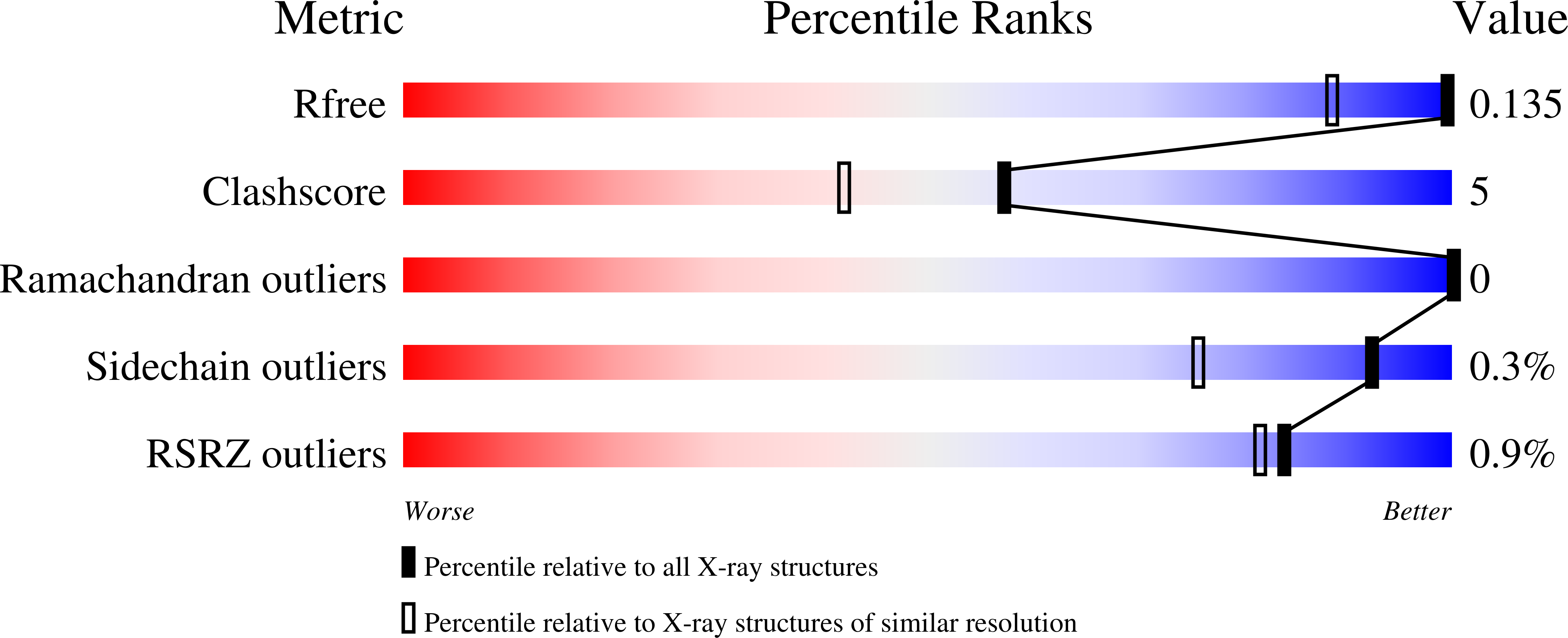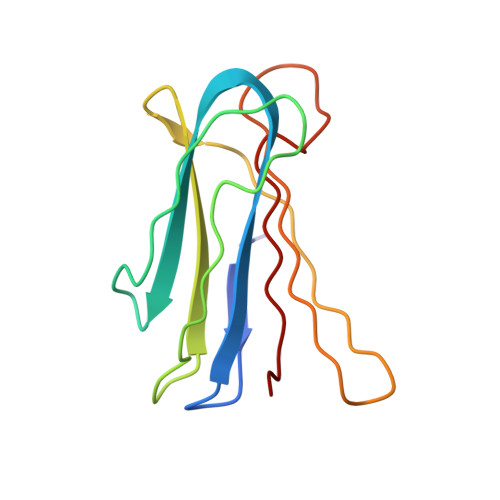X-Ray Structures and Thermodynamics of the Interaction of Pa-Iil from Pseudomonas Aeruginosa with Disaccharide Derivatives.
Marotte, K., Sabin, C., Preville, C., Pymbock, M., Wimmerova, M., Mitchell, E.P., Imberty, A., Roy, R.(2007) ChemMedChem 2: 1328
- PubMed: 17623286
- DOI: https://doi.org/10.1002/cmdc.200700100
- Primary Citation of Related Structures:
2JDH, 2JDK - PubMed Abstract:
Pseudomonas aeruginosa is an opportunistic bacterium showing increasing resistance to antibiotics and consequently represents elevated threatening problems in hospital environments, particularly for cystic fibrosis patients. The use of glycomimetics as an anti-adhesive strategy against microorganisms may complement the use of antibiotics. PA-IIL lectin (LecB) from P. aeruginosa constitutes an appealing target for antibacterial agents, as it has been proposed to play a key role in binding to airway epithelia and/or to be involved in biofilm formation. The lectin has an unusually high affinity for L-fucose and related oligosaccharides. In the work presented herein, the disaccharide alphaFuc1-4GlcNAc is used as a scaffold toward the synthesis of a series of glycomimetic derivatives. Microcalorimetry and structural studies indicate that several of the derivatives are potent inhibitors of the lectin, with affinity in the same range as the best known natural ligand, Lewis a, and could represent interesting leads for the development of future antibacterial compounds.
Organizational Affiliation:
Equipe PharmaQAM, D¨¦partement de Chimie et de Biochimie, Universit¨¦ du Qu¨¦bec ¨¤ Montr¨¦al, 8888, Succ. Centre-Ville, Montr¨¦al (Qu¨¦bec) H3C 3P8, Canada.



















